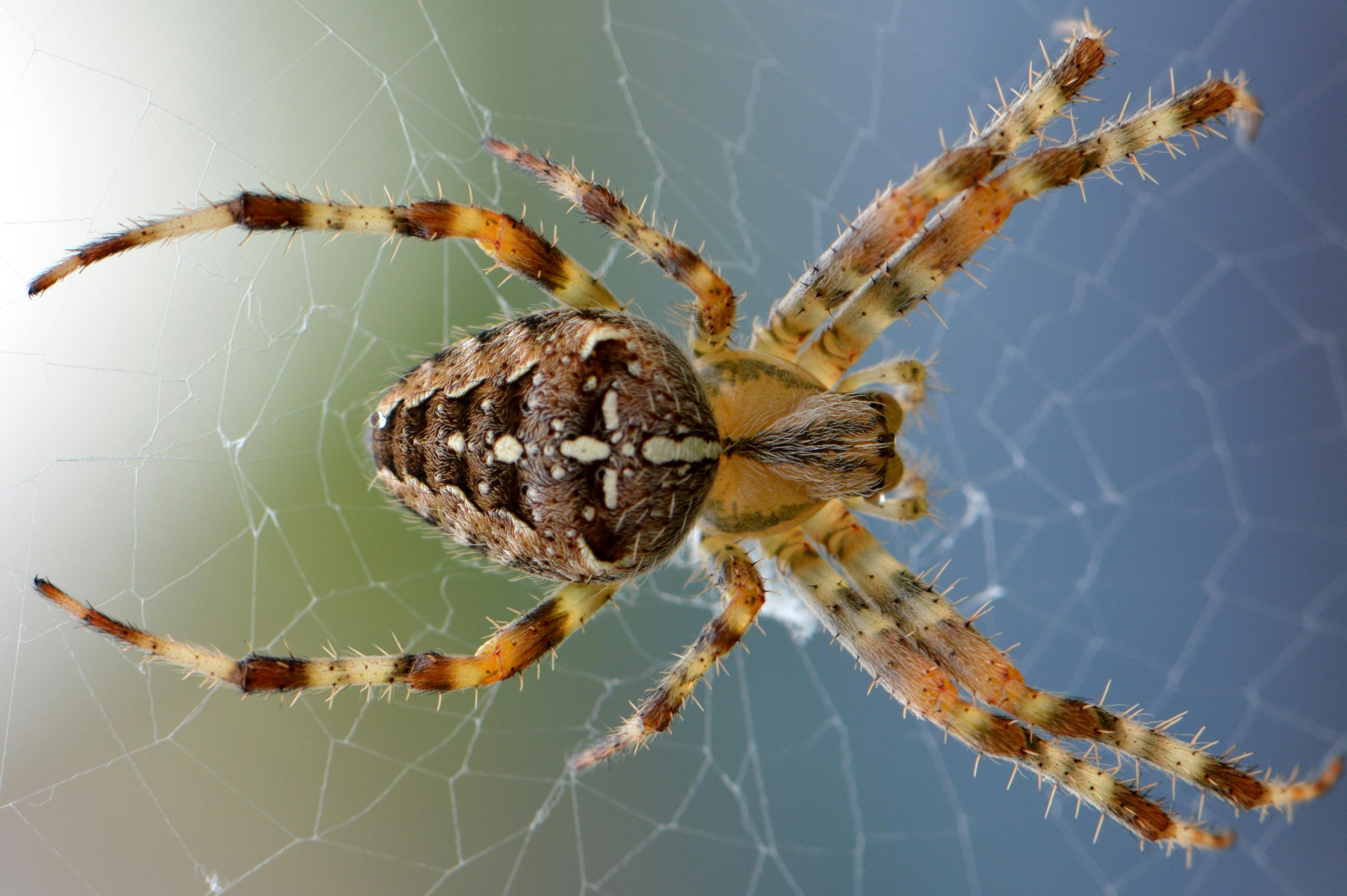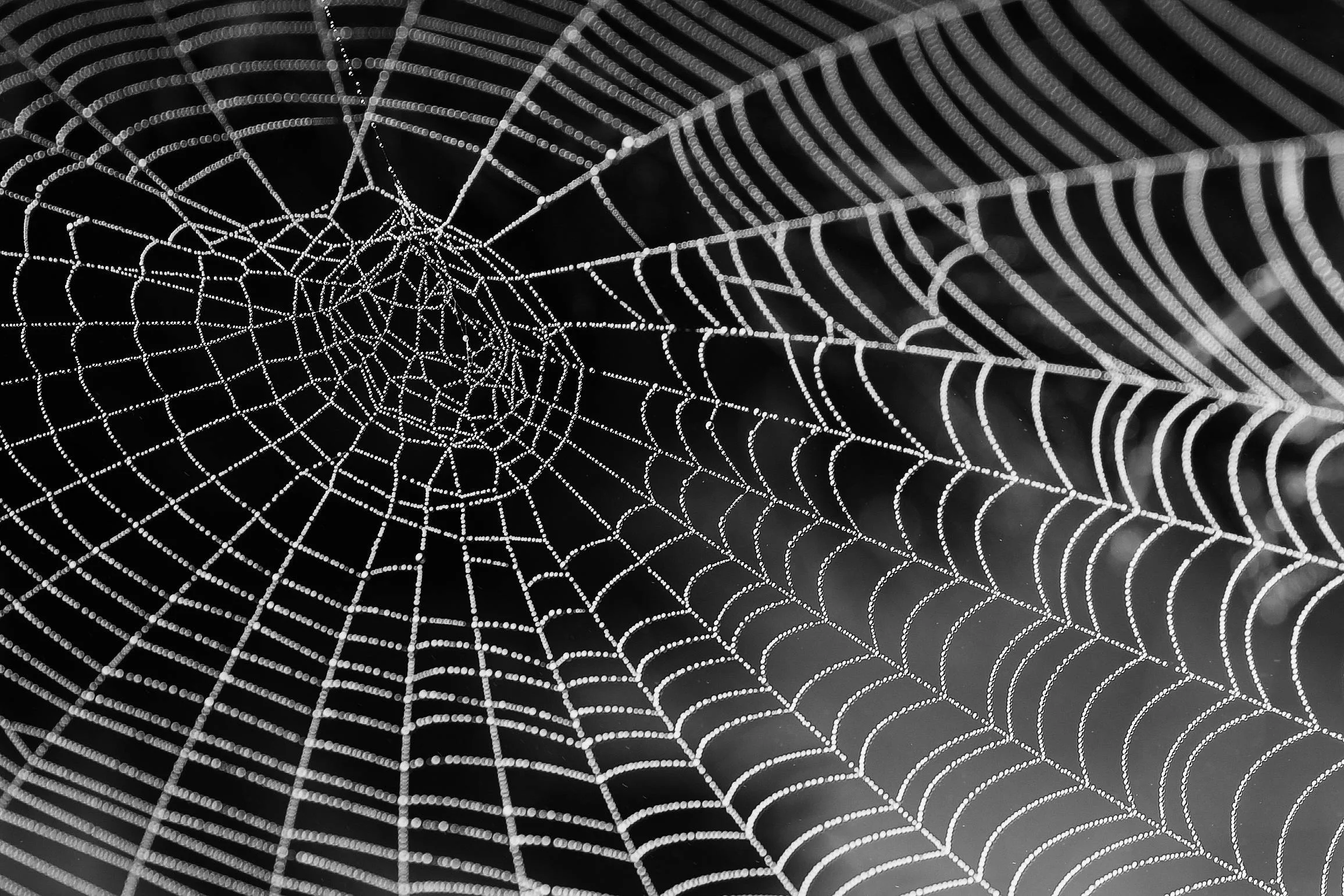Spider Webs in the Fall: Nature’s Silken Masterpieces
As autumn arrives and the days shorten, spider webs seem to appear everywhere—strung across garden gates, glittering in morning dew, or draped in corners like delicate lace. While some people shiver at the sight, spider webs are not only fascinating works of natural engineering but also vital contributors to the ecosystem.
Symbolism and Seasonal Associations
Spider webs have long been associated with autumn and Halloween. Their intricate, ghostly designs evoke mystery, patience, and sometimes a touch of spookiness. In folklore, webs symbolize creativity, destiny, and interconnection—a reminder that all life is woven together. Around October, they also serve as natural décor, enhancing the atmosphere of fall festivals and haunted houses.
The Marvel of Web Design
Engineering Feats: Made from spider silk, a substance stronger than steel by weight, webs are designed to trap prey, conserve energy, and even signal potential mates.
Seasonal Abundance: Fall is prime time for webs because many spider species reach adulthood at this time of year, making their artistry more visible.
Patterns to Spot: Orb webs (the classic circular kind), funnel webs, and sheet webs can all be seen in gardens and wild spaces during the season.
Ecological Importance
Spider webs are far more than spooky decorations:
Natural Pest Control: Each web can catch dozens of insects daily, reducing the populations of mosquitoes, flies, and agricultural pests.
Ecosystem Balance: By controlling insect numbers, spiders support the health of plants, gardens, and crops.
Biodiversity Support: Webs help sustain food chains, ensuring that spiders, birds, and other creatures thrive.
Why Birds Love Spider Webs
Surprisingly, birds are among the biggest beneficiaries of spider silk:
Nest Construction: Hummingbirds, finches, and warblers use spider silk to weave and bind their nests, giving them both strength and flexibility.
Insulation: The silky threads help line nests, keeping hatchlings warm in cooler months.
Camouflage: Web fragments are sometimes draped around nests to disguise them from predators.
Why You Should Let Webs Be
While your first instinct may be to sweep them away, here’s why you’ll want to resist:
They’re temporary—most webs won’t last more than a week or two.
They protect your garden by reducing harmful pests.
They benefit songbirds that enrich your backyard with music and charm.
Tips for Appreciating Spider Webs in Fall
Photograph Them: Early mornings with dew or after light rain bring out their natural beauty.
Observe Patiently: Watch a spider repair or rebuild a web—you’ll gain a new respect for their artistry.
Encourage Wildlife: If you garden, leave a few webs intact; you’re supporting a micro-ecosystem that gives back.


